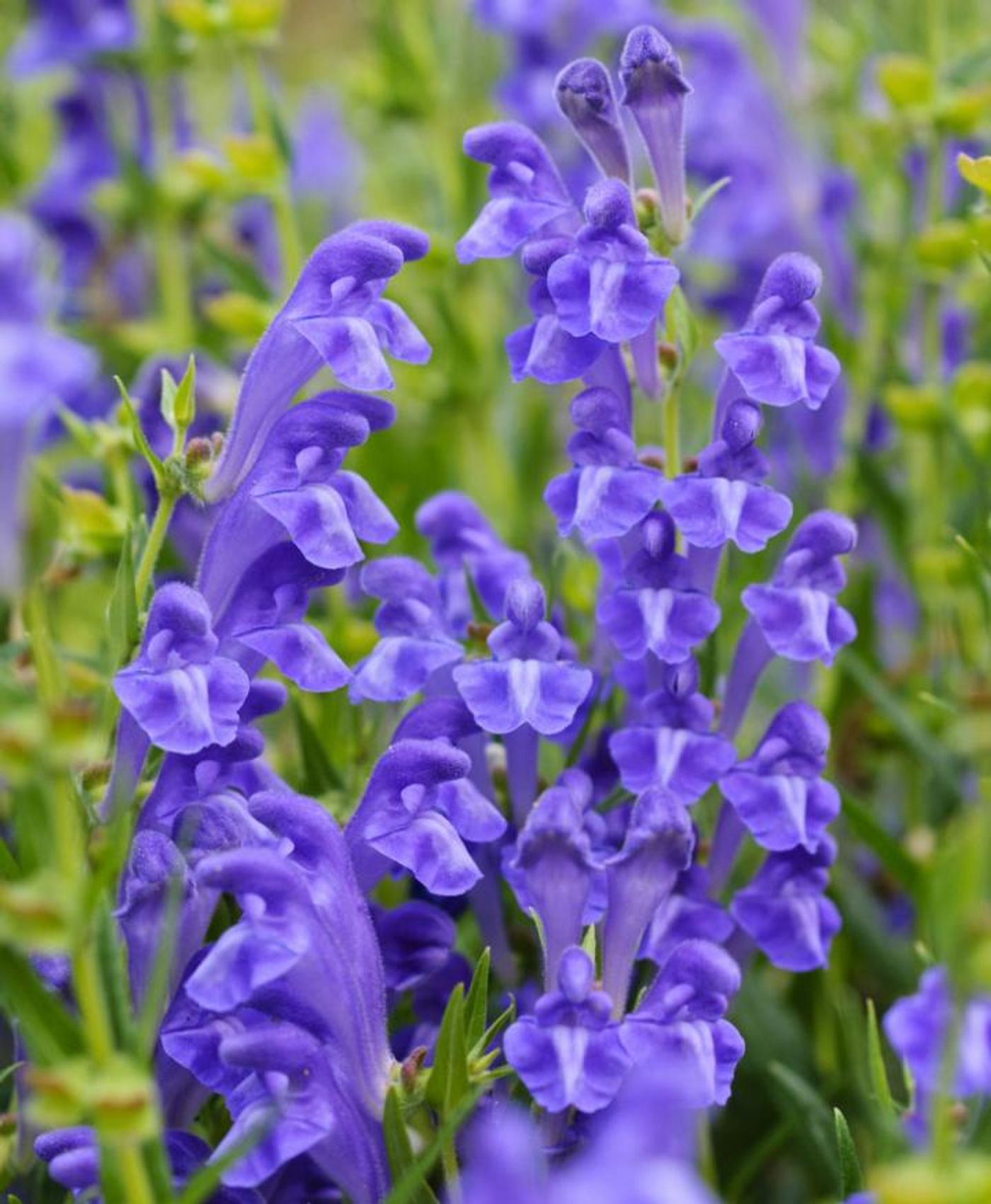Understanding Medicinal Mint Through Genetics
Chinese Skullcap is native to China and a member of the mint family. It’s also recognized for a variety of medicinal properties and is commonly used as a therapeutic in traditional Chinese medicine (TCM). It may also have antifungal and antiviral properties. Now scientists at the Chinese Academy of Sciences and the John Innes Centre have sequenced the genome of the plant, also known as Scutellaria baicalensis. The work can help researchers learn more about its effects; it can also aid in drug development.
The root of the plant is used in boiled preparations, called Huang Qin. Animal studies have suggested that it can aid in the treatment of hypertension and diabetes. In China, it has been used for over 2,000 years for a variety of ailments including the common cold, pneumonia, hepatitis, brain tumors and prostate cancer.
While there has been considerable interest in the creation of therapeutics based on Chinese skullcap, efforts have been hampered by an absence of data on the genome of the plant. With this new study, scientists will be able to find out which of the plant’s genes may have medicinal effects. That information will inform the development of new drug compounds.
These findings, which have been reported in Molecular Plant, can also help scientists investigate other members of the mint family.
"When I started getting the analysis back on the genome sequence it was like a revelation: it showed at a fundamental level how the pathway to valuable compounds evolved." said study author Professor Cathie Martin of the John Innes Centre.
"The sequence is so good that it can improve the understanding of all the other genome sequences in the mint family. This is a large family of plants that is hugely important in Traditional Chinese Medicine and flavorings."
"This particular plant makes the bioactive compounds in the root, which means you have to wait three years for the plant to get big enough and of course in taking the root you destroy the plant," said Professor Martin. "We've screened some members of the same family that make similar compounds in the leaves which means you could get more sustainable therapeutics taken in a different way," she added.
There is a growing demand for products used in TCM. Recent work in the field earned Professor You-you Tu a Nobel Prize. She identified the antimalarial artemisinin that is a product of wormwood. Learn more from the video.
Sources: AAAS/Eurekalert! via John Innes Center, Penn State Hershey, Science Bulletin, Molecular Plant









